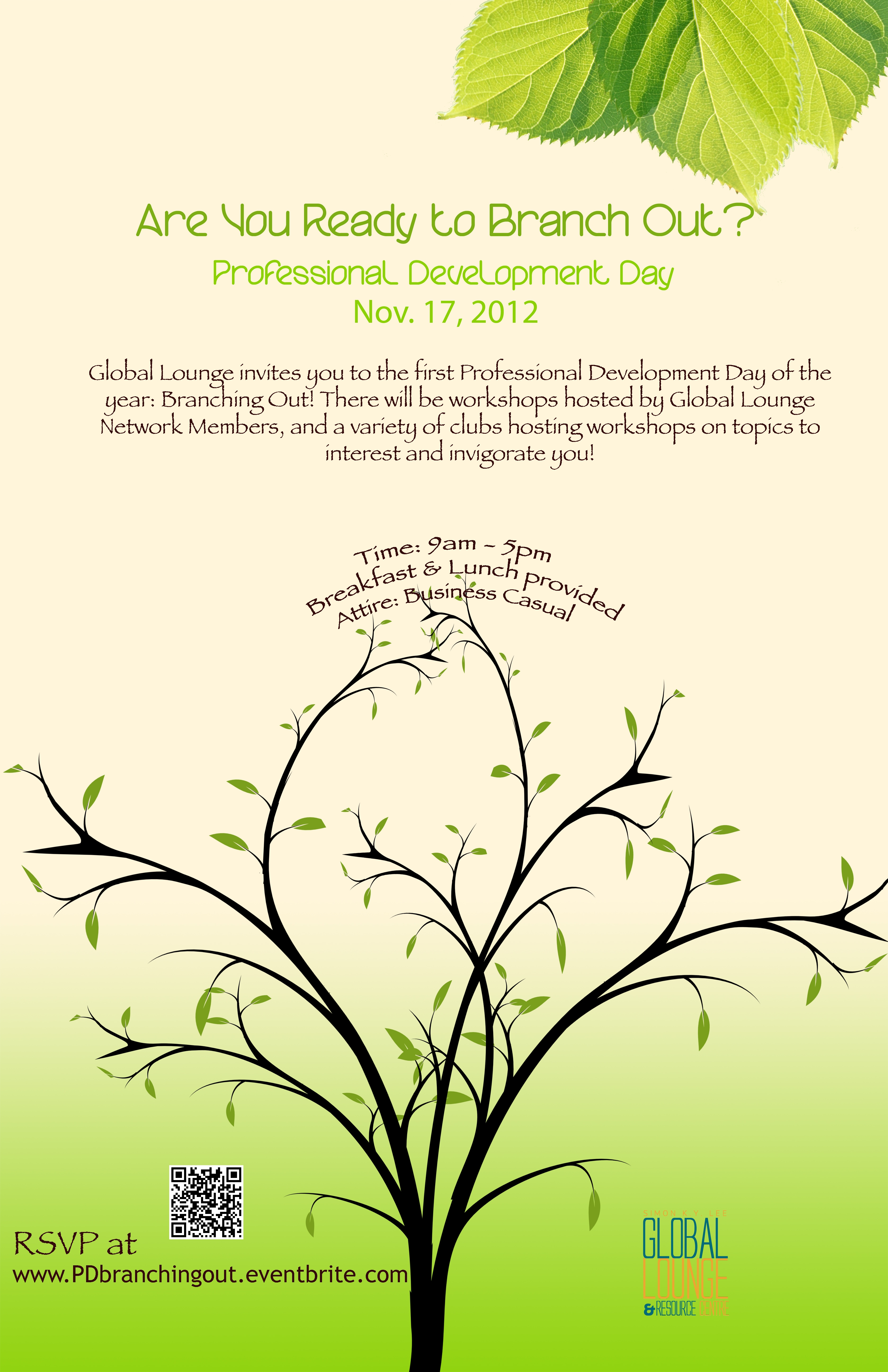New Year’s Resolutions for the Whole Year
It’s that time of year again! With the holiday season (and the gallons of eggnog, with cookies and pie) past us, it’s that time of year when millions of people vow to get healthier with their New Year’s resolutions. With drinking less alcohol, eating healthier, getting fit, and losing weight all on the top ten list of resolutions, why is it that so many people fail to reach their goals? Here are some tips to help you be successful in reaching your goals, no matter what they are.
Step 1: Find your Motivation
Have you ever been really excited to make a drastic change in your life, but before you know it you’ve completely lost your drive to succeed? You were most likely inspired rather than motivated. True motivation, from a behavioural change perspective, must be internal, whereas inspiration is the short-term external drive that often leads to plans fizzling out part way through.
So what makes us lose motivation? All humans are subject to socio-biological factors that affect behaviour, such as the pleasure principle, which leads us to seek things that please us now, instead of waiting for long-term gains. To overcome these factors and build motivation, look for positive reinforcements instead of negative ones. For instance, if you just booked your ticket to Cancun for reading break and the idea of donning a bathing suit along with your extra holiday weight makes your stomach twist with nervousness, think about how great you will feel once you’ve lost the weight, and focus on that positive image instead of the discomfort you would feel putting on the suit now.
Step 2: Determine your Readiness for Change
Many people who fail to succeed in their goals do so because they are not ready to make the change. In order to determine your readiness for change, ask yourself the following four questions:
- Is the behaviour (or lack of it) a problem for you?
- Does the behaviour (or lack of it) cause you any distress?
- Are you interested in changing your behaviour?
- Are you ready to do something to change your behaviour now?
If you honestly answer yes to all of these questions, then you are likely ready to make the change. If you still have some ambivalence however, think about why you wanted to make the change in the first place. Do some soul-searching and see if you can find an internal motivation that will boost your desire to succeed.
Step 3: Make the Change
Once you’re ready to make the change, start small! As tempting as it might be to jump in with two feet, it is likely not realistic. Instead, create smaller goals that will provide you with short-term wins, allowing you to build your self-efficacy. The more of these small goals that you accomplish, the more confidence you will have in yourself that you can reach your end goal. For example, instead of concentrating on losing your holiday weight, try starting by reducing the amount of convenience food you eat, and exercising a couple of times per week. Once you’ve accomplished those goals, you can move onto bigger goals, such as increasing the frequency of your workouts and eating more healthy home-cooked meals. Only build on goals once you are comfortable with your current ones, and keep the number of tasks at hand to a maximum of three. If you get stuck, don’t give up! Instead assess the situation and work on ways to overcome your barriers.
Lastly, involve your friends and family in your change. Because eating is such a social activity, those around you can have a huge influence on how you fuel your body. Surround yourself with people and places that will reduce temptations and you’ll be on your way to a healthier you—even after everyone else has given up on their resolutions!
For more information on healthy eating, and weight management check out the Your Health tab on the website www.dietitians.ca
Amanda Coulter
Year 3 Dietetics, UBC

